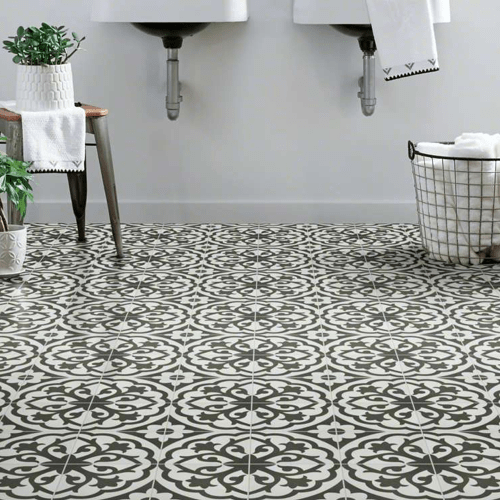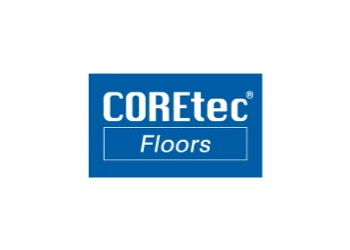Tile
With proper care and maintenance steps, you can easily keep your elegant tile floors looking exceptional.
Picking The Tight Tile Floors For Your Room
It’s always important to remember that the specific conditions in your home and the function of the room will help you choose the right tile. The experts at SP Floors & Design Center can help you explore which timeless tile styles are best suited for your rooms, while anchoring the look and design aesthetic that you love.


Before you buy tile
When narrowing down your search for the perfect tile option, we always suggest that you weigh the most important preferences and factors to find the ideal style. Consider things such as design, performance, durability, maintenance, and budget. If you have a home full of fun activities from kids and pets, it may be wise to invest in tile with superior durability and scratch-resistance to better camouflage wear. Let's explore which tile constructions, finishes, textures, shapes, sizes, and patterns will work best for your household. We can’t wait to help you bring home striking new tile!
Top Flooring Brands in McMurray, PA & Greater Pittsburgh Area
When homeowners, business owners, and contractors need the top brands in flooring, they come to SP Floors & Design Center!
You can easily care for your tile floors with the right preventative steps, regular care routine, and proper spill treatment.
Our pros can help you prepare with these helpful steps to take before, during, and after your new tile installation.
Get Inspired
How will you bring the classic presence of tile into your spaces? Whether you are leaning towards modern, classic, traditional, or eclectic design, tile is a beloved surface that was made for chic spaces. At SP Floors & Design Center, we’ve completed countless inspired layouts with tile and can help bring our expertise to your next great project. Explore our Tile Inspiration Gallery and make note of your favorite looks and installation patterns.








